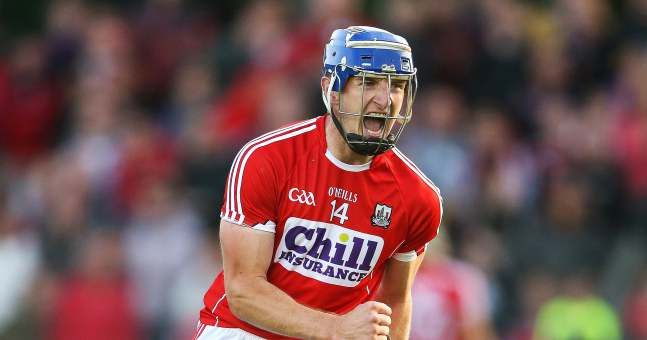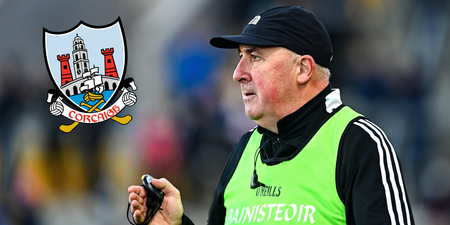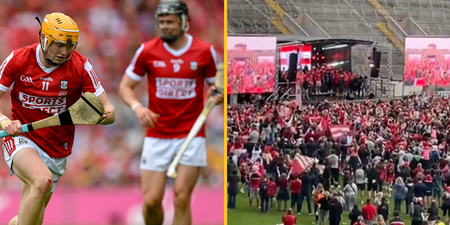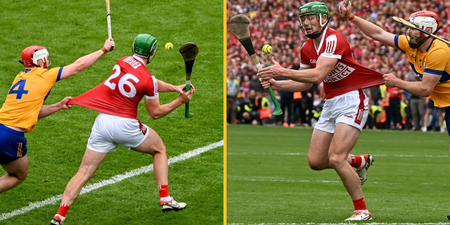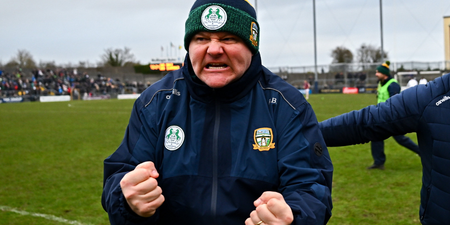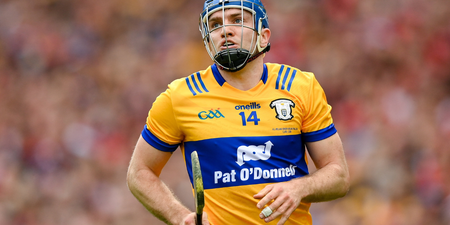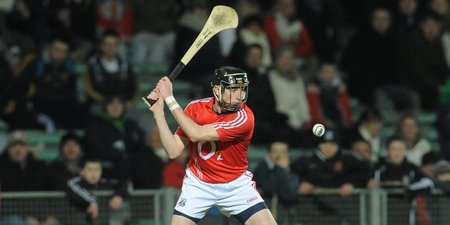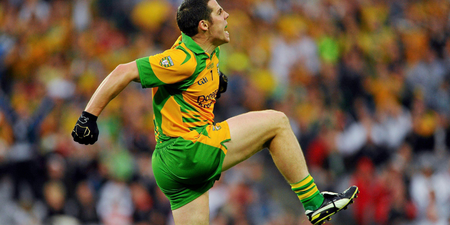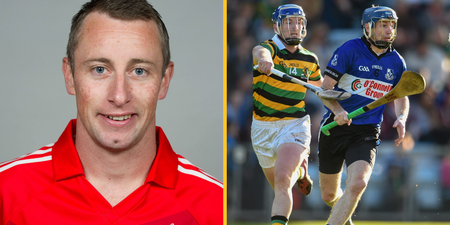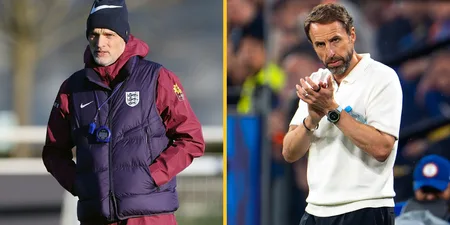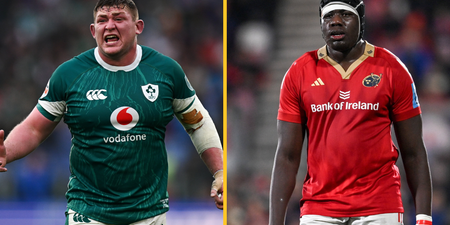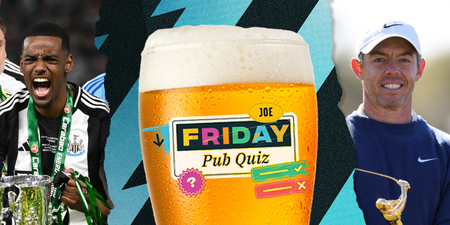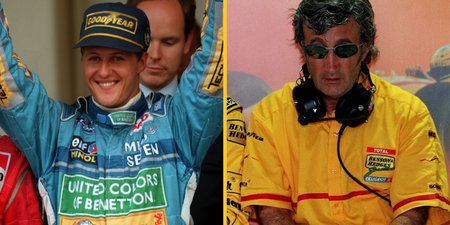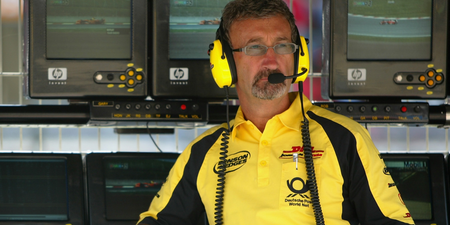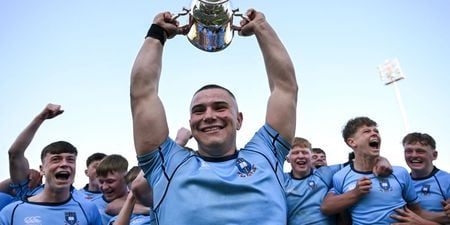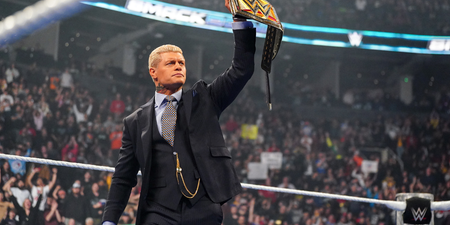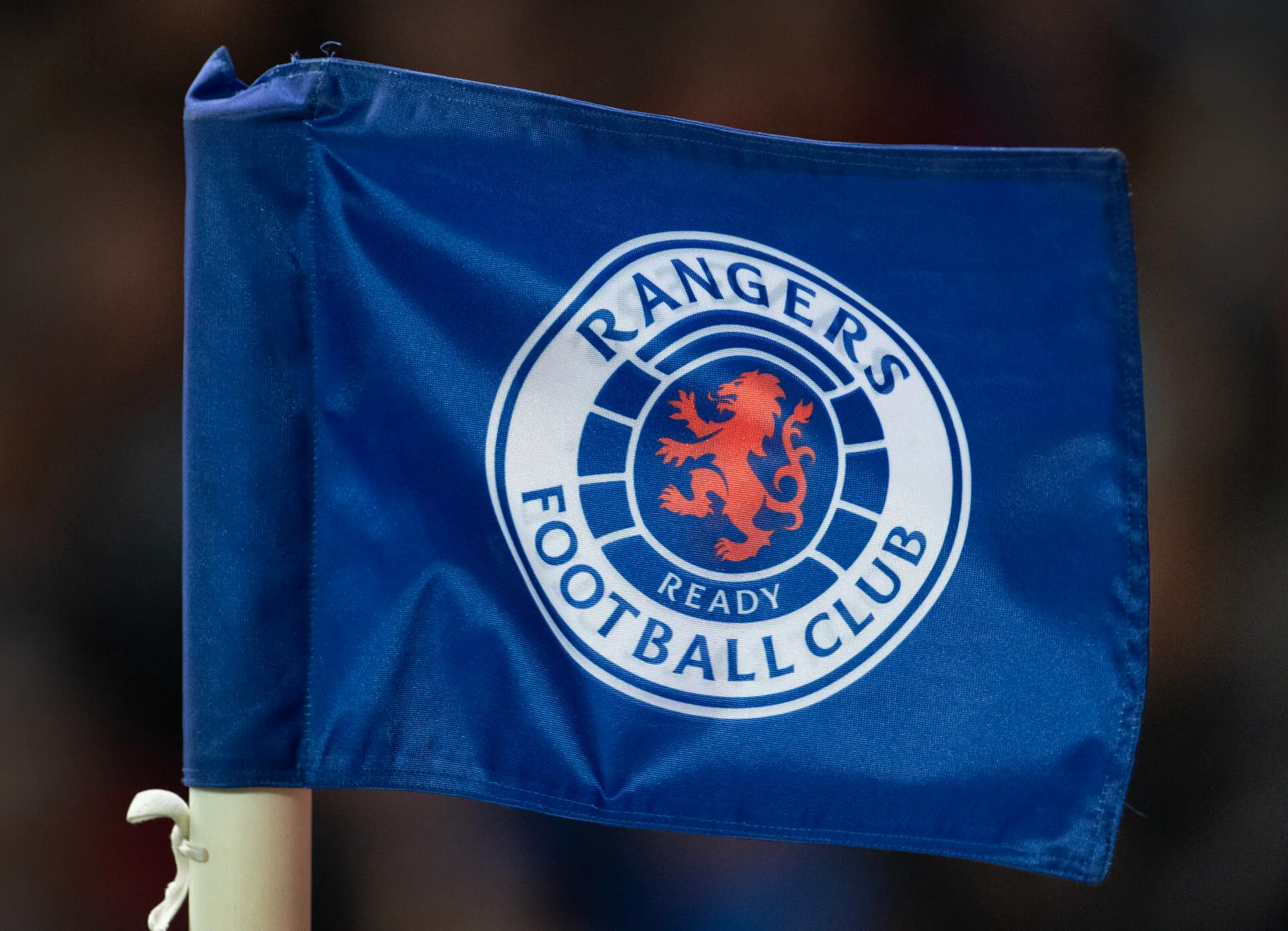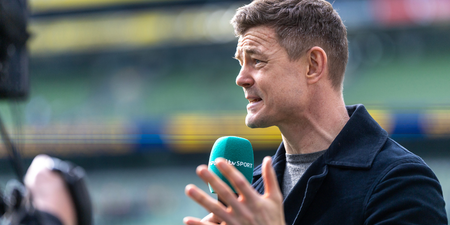Didn’t it do the world of good for him?
A couple of tweaks to his game transformed Daniel Kearney in 2018.
He was always a live-wire midfielder. The nippy, clever lad in the middle of the field who was well able to get onto the ball and was good to give a pass.
In 2018, Daniel Kearney became a wing forward, albeit not a conventional one, and a finisher.
He’d never played wing forward before, not even for his club. Nor was he a big scorer.
That changed in 2018 as the Cork games in which he didn’t score four or more points from play were few and far between, with the Rebel routinely picking off points like this one.
What a strike from Cork's Daniel Kearney! pic.twitter.com/Qd9XOje3XA
— The GAA (@officialgaa) May 27, 2018
The move to wing forward, sanctioned by John Meyler off the cuff in a challenge game at the start of the year took him by surprise at first, but he imposed his own style on the position.
“Yeah I suppose I was picked at wing-forward and I’d never played wing-forward with my club or county before. But John kind of threw me in, in a challenge game against Offaly and I just brought as much energy and my skillset to the role as I could and make it my own,” he told us at the launch of the Aer Lingus Fenway Classic in Boston.
“It just seemed to work with the lads playing around me. If I’m in that role with other guys it just mightn’t work because we’re not feeding off each other but it just worked with Seamus around and Bill and Patrick inside and Conor. So while I’m kind of a bit different to the traditional wing-forward, if everyone’s not in sync, then it just won’t work and act against a team. I was just happy that it just all fell in.”
That synchronisation he talks about prompted him to drop out the field, as opposition defences stayed deep to mind the likes of Patrick Horgan inside him. That meant he had more space, and more opportunities.
“I suppose I was dropping back the pitch almost as another midfielder, that just asked questions of the wing-backs because I know like a lot of teams want to hold their shape.
“So I was just trying to counteract that, saying I’m going to move and you can either follow me or hold your shape. Then that I suppose was what teams tried to do was hold back and protect against our full-forward line and that gives me an opportunity then to get into the game.
“So I always say like if I’m on loads of ball, it’s probably frustrating for Patrick inside because he’s probably being double marked. So I suppose it’s Patrick’s ability gives me the ability to create space outside. It can be a counter balance for players in a team where I’ll get a lot of space then, it’s harder for Patrick but that’s the way it goes, you just have to try to go at teams as you can at the moment, test them,” he said.
It’s one thing getting opportunities. It’s another thing pointing them. Previously, the Sarsfields club man would have struggled finding the required distance to knock over points from out the field. Switching from a light to a heavy hurley meant he didn’t encounter that problem much this year.
He explains the change.
“Coming into the Limerick game, I used a light hurley because I was never really shooting when I was midfield. We played Clare and I’d two shots and both went 20 yards short. I said if I’m forward, I have to change something because this isn’t good enough.
“So I just got a heavier hurley. Then against Tipperary the next day I got four points. I was able to hit the ball but it was just changing how I was looking at the game and I practiced more at shooting because I knew I’d have more opportunities. I just had to kind of focus more and be clinical up front because I suppose it might look easy, when you get a chance you have to convert it. Especially at that level wides can really kill a team. That was an evolution this year definitely of my game.”
“The balance between the hurleys is critical and even the lads will tell you there. If you’ve a heavier hurley, then you’re slower on the ground and you’re slower to get the ball and it’s just a slower pace. So it’s just getting that balance right between being quick on the ball on the ground and then having a heavy enough hurley that you can actually shoot the ball on the run or on the backfoot.
“Thankfully I made that adjustment in my game earlier on because I could have easily stuck with the lighter hurley and had bad wides or poor balls in so it’s just those little details make a big difference.”
Kearney’s 32 inch Aherne hurley pointed many a sliotar in 2018.
Daniel Kearney of Cork was at Dublin Airport this morning where Aer Lingus, in partnership with the GAA and GPA, unveiled the one-of-a-kind customised playing kit for the Fenway Hurling Classic which takes place at Fenway Park in Boston on November 18th. Aer Lingus will once again be the Official Airline of the Event and will be responsible for flying the four teams to Boston


